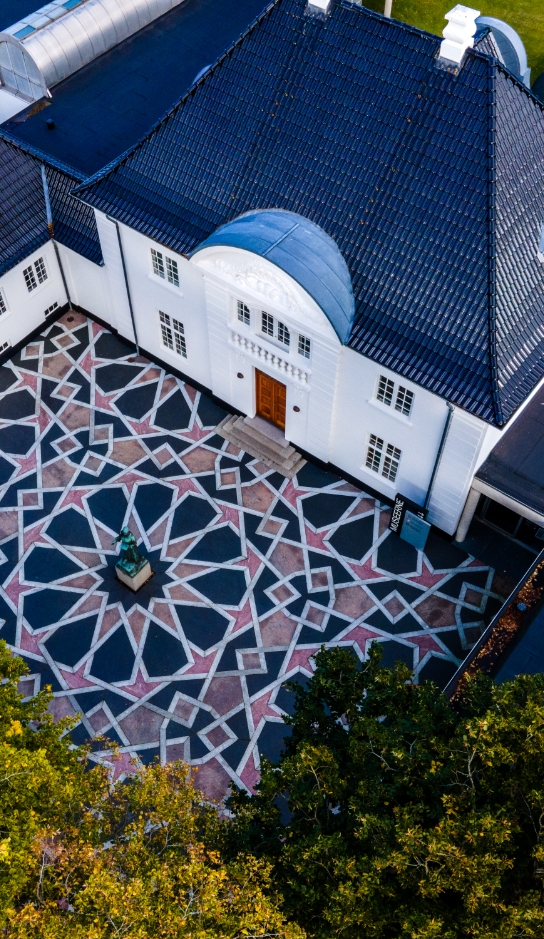Alberto Giacometti - Paris sans fin 1958-65
Collection
Alberto Giacometti (1901-66) was not only a sculptor, but also an outstanding painter, draughtsman and graphic artist. The idea for the principal work Paris sans fin arose during a meeting with the publisher Tériade, at which Giacometti, observing the bustling street life of the French capital after a visit to a café, exclaimed: ″Ah! Paris ... Paris without end!″.
Towards the end of his life, Giacometti worked intensely on this book work, which consists of a total of 150 original lithographs. Published posthumously in 1969, the book’s text and images are a passionate testimony to the place he loved best – Paris.
Together, the lithographs describe a pictorial, almost cinematic, everyday stroll through the city’s streets and squares. They tell of encounters with female acquaintances, as well as of visits to the Natural History Museum and the lithography workshop l’Atelier Mourlot. We see public monuments and café and bar scenes from Montparnasse, with cigarette machines and absinthe. Some of the lithographs also depict the intimate working space of the studio.
Litography as his medium
Giacometti chose lithography as his medium because the technique allowed him to equip his depictions of Paris with an immediate, sketch-like quality that matched the pace and rhythm of the bustling metropolis. Unlike most of his work, which was created slowly in the studio, Giacometti sketched many of the motifs for this graphic work on site, using coloured chalk on transfer paper.
Giacomettis karakteristiske skulpturkunst
Like the sculptures, Paris sans fin is an exploration of spatial relationships. The drawn line does not fix the motifs within a closed outline, but instead expresses dynamic transitions in relation to its surroundings. In general, Giacometti’s art seeks to capture the essence of the visual experience, so that the distance between motif and viewer becomes part of the final form of the work. ″I reproduce what I see″, he often said. Despite the blurring of details and individual characteristics, the figure drawings nonetheless provide a strong sense of physical and psychological presence.
″I reproduce what I see″, Giacometti often stated. Despite the blurring of details and individual characteristics, the drawing of the figure gives a strong sense of physical and psychological presence.

